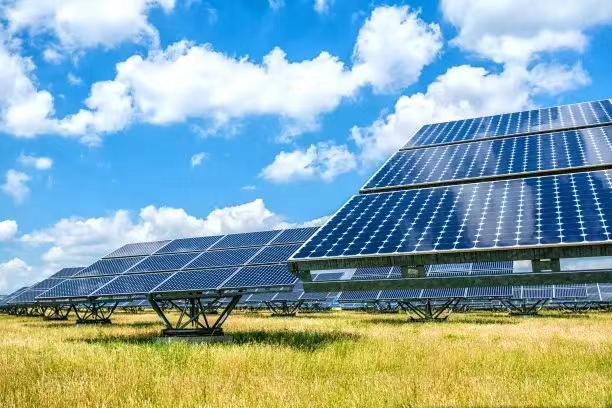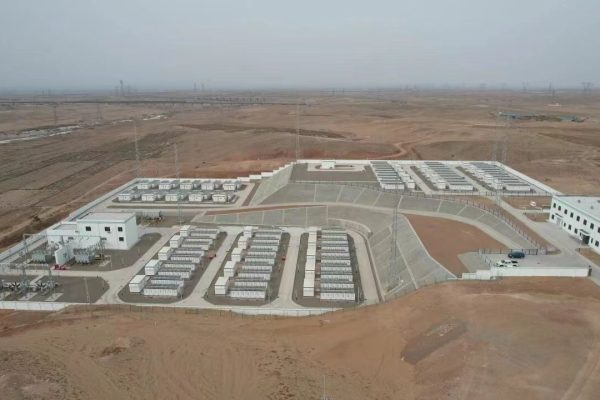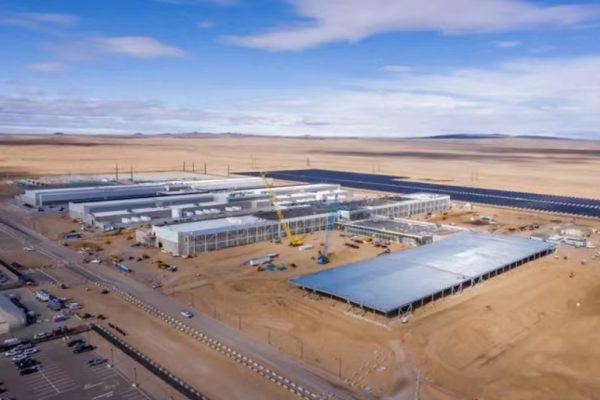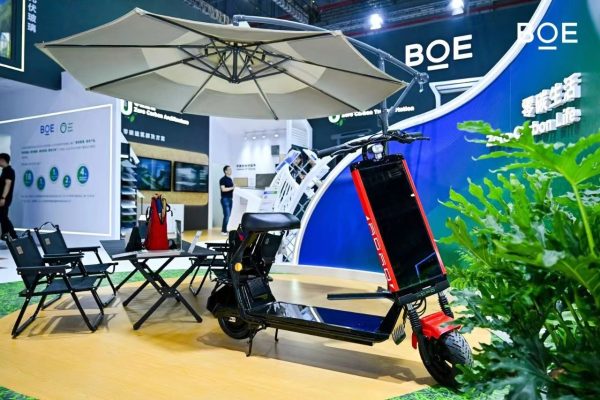As the commercial and industrial (C&I) energy market grows rapidly, energy storage systems (ESS) are evolving to meet more dynamic and site-specific demands.
Instead of bulky, one-size-fits-all battery rooms, modern projects now adopt modular ESS cabinet solutions — pre-engineered, compact, and scalable units that can expand as energy needs increase.
This article explores what modular ESS cabinets are, how they work, their advantages, and why they are becoming the preferred choice for commercial users, EPCs, and distributors worldwide.
1. What Is a Modular ESS Cabinet?
A modular ESS cabinet is a pre-integrated unit containing:
- Battery packs (usually LFP type)
- Battery Management System (BMS)
- Power control and safety protection components
- Optional inverter or DC/DC converter
- Communication interfaces (RS485, CAN, Ethernet)
Multiple cabinets can be connected in parallel to form larger systems — for example, 50 kWh → 100 kWh → 500 kWh — without major redesign.
⚙️ Think of modular ESS cabinets like building blocks — each unit is a complete, smart energy module that can grow with your project.
2. Why Commercial Users Prefer Modular Systems
Commercial and light industrial facilities have diverse power profiles — air conditioning, lighting, machinery, and EV chargers.
A modular ESS provides flexibility that traditional centralized battery banks cannot match.
Top reasons for adoption:
✅ Scalable from 30 kWh to multi-MWh
✅ Shorter installation time (plug-and-play)
✅ Factory pretested and certified
✅ Simplified maintenance and expansion
✅ Lower total cost of ownership
💡 For projects under 1 MWh, modular cabinets often reduce commissioning time by over 40%.
3. Typical Applications
| Application | Energy Target | Benefit |
|---|---|---|
| Peak shaving | 50–500 kWh | Reduce demand charges and stabilize load |
| PV+Storage hybrid | 100–800 kWh | Store excess solar energy for evening use |
| Backup power | 30–300 kWh | Support sensitive loads during grid outage |
| EV charging hubs | 100–500 kWh | Smooth grid demand spikes |
| Microgrids / Remote sites | 100–2000 kWh | Provide local power autonomy |
4. Core Design Features of Modular ESS Cabinets
a. Standardized Dimensions
Typical cabinet size: 1200 mm × 1000 mm × 2200 mm (compatible with 19-inch rack design).
This standardization allows easy transport and stacking inside containers or power rooms.
b. Built-In BMS and Safety Layers
- Cell-level monitoring: voltage, temperature, SOC, SOH
- Module-level balancing for performance consistency
- Multiple protection triggers: overvoltage, short circuit, overtemperature, and smoke detection
🧠 A multi-layer BMS architecture ensures that each cabinet can operate safely as a standalone unit.
c. Thermal Management
- Forced-air cooling or optional liquid cooling
- Intelligent fan control to maintain uniform temperature
- Fire suppression integration (optional aerosol or gas system)
d. Plug-and-Play Power Connections
Each cabinet includes quick-connect DC terminals, simplifying field wiring.
Power expansion only requires linking cabinets through busbars or pre-fabricated harnesses.
5. Technical Specifications Overview
| Parameter | Typical Range |
|---|---|
| Rated Capacity | 50–200 kWh per cabinet |
| Rated Voltage | 512V / 768V / 1024V |
| Battery Type | LFP (LiFePO₄) |
| Cycle Life | 6000–8000 cycles |
| Efficiency | ≥95% |
| Communication | CAN / RS485 / Ethernet |
| Cooling | Air / Liquid |
| IP Rating | IP54–IP65 |
| Installation | Indoor or Outdoor (with canopy) |
📋 Always verify compatibility between cabinet output voltage and your inverter’s DC bus range.
6. Advantages of Modular ESS Cabinets
a. Scalability
Start small and expand later — no need for full initial investment.
Example:
A factory can start with 2×100 kWh cabinets, then add more when solar capacity increases.
b. Reduced Installation Time
Pre-assembled units with integrated cables, BMS, and protection devices.
On-site work mainly involves cable connection and communication setup.
c. Improved Safety and Reliability
Each cabinet is electrically and thermally independent, reducing propagation risk.
Built-in fire detection and isolation circuits enhance operational safety.
d. Simplified O&M
- Hot-swappable modules
- Remote monitoring through EMS platform
- Fault isolation per cabinet (no full shutdown required)
e. Optimized for Global Shipping
Standard cabinet form factor fits 20ft or 40ft containers, making it ideal for export.
7. Integration with Inverters and EMS
Modular ESS cabinets can work with both:
- Hybrid inverters (PV + battery combined)
- DC-coupled systems with central PCS
The EMS (Energy Management System) can control:
- Charge/discharge schedule
- Peak shaving and load shifting
- SOC balancing across multiple cabinets
- Fault alarm and data logging
🔗 A compatible EMS ensures seamless coordination between PV, battery, and grid operations.
8. Design Considerations for Commercial Projects
When designing modular ESS systems, engineers should consider:
- Voltage matching: Inverter DC input must match cabinet nominal voltage.
- Thermal management space: Ensure airflow or coolant path clearance.
- Grounding system: Each cabinet grounded individually, then bonded.
- Fire safety: Install in well-ventilated, fire-rated enclosures.
- Local standards: Check compliance with IEC 62619, UL9540A, or GB/T 36276.
⚠️ Never place ESS cabinets directly under solar arrays or in unventilated spaces.
9. Cost and ROI Perspective
While modular cabinets may cost 10–15% more per kWh than a single centralized container, the total system ROI can be higher due to:
- Faster installation
- Lower commissioning labor cost
- Easier expansion and maintenance
- Minimal system downtime
Example ROI (for 200 kWh system):
- Cost: $65,000
- Annual energy savings: $13,000
- Payback period: ~5 years
10. Case Study: 300 kWh Commercial Office Project
Location: Southeast Asia
System: 3 × 100 kWh modular ESS cabinets + 50 kW solar rooftop
Application: Peak shaving + night backup
Result:
- Peak load reduced by 25%
- Average daily battery cycling: 0.8 cycles
- Remote EMS access for facility manager
- Expansion plan for another 200 kWh next year
📈 Demonstrates modular scalability without major redesign or wiring changes.
11. Certification and Export Readiness
For international projects, ensure each modular cabinet includes:
- UN38.3 & MSDS (battery transport)
- CE / IEC 62619 / UL9540A (safety)
- ISO9001 / ISO14001 (factory)
- IP rating test report
🧾 Buyers should request factory FAT (Factory Acceptance Test) videos or inspection reports before shipment.
12. Future Trends
- Liquid-cooled cabinets for higher energy density
- AI-driven EMS optimizing charging from multiple tariffs
- Pre-fabricated hybrid cabinets with integrated inverter
- Cloud-connected predictive maintenance
As battery technology matures, modular ESS cabinets are moving toward smart-grid readiness — where each unit can respond dynamically to grid commands.
For today’s C&I energy users, modular ESS cabinet solutions offer the ideal balance of flexibility, scalability, and safety.
Whether for factories, commercial buildings, or microgrids, these systems:
✅ Simplify installation
✅ Enable future expansion
✅ Reduce technical risk
✅ Support long-term operational efficiency
⚡ In a rapidly changing energy market, modular ESS is the smartest way to build storage capacity — step by step, cabinet by cabinet.









